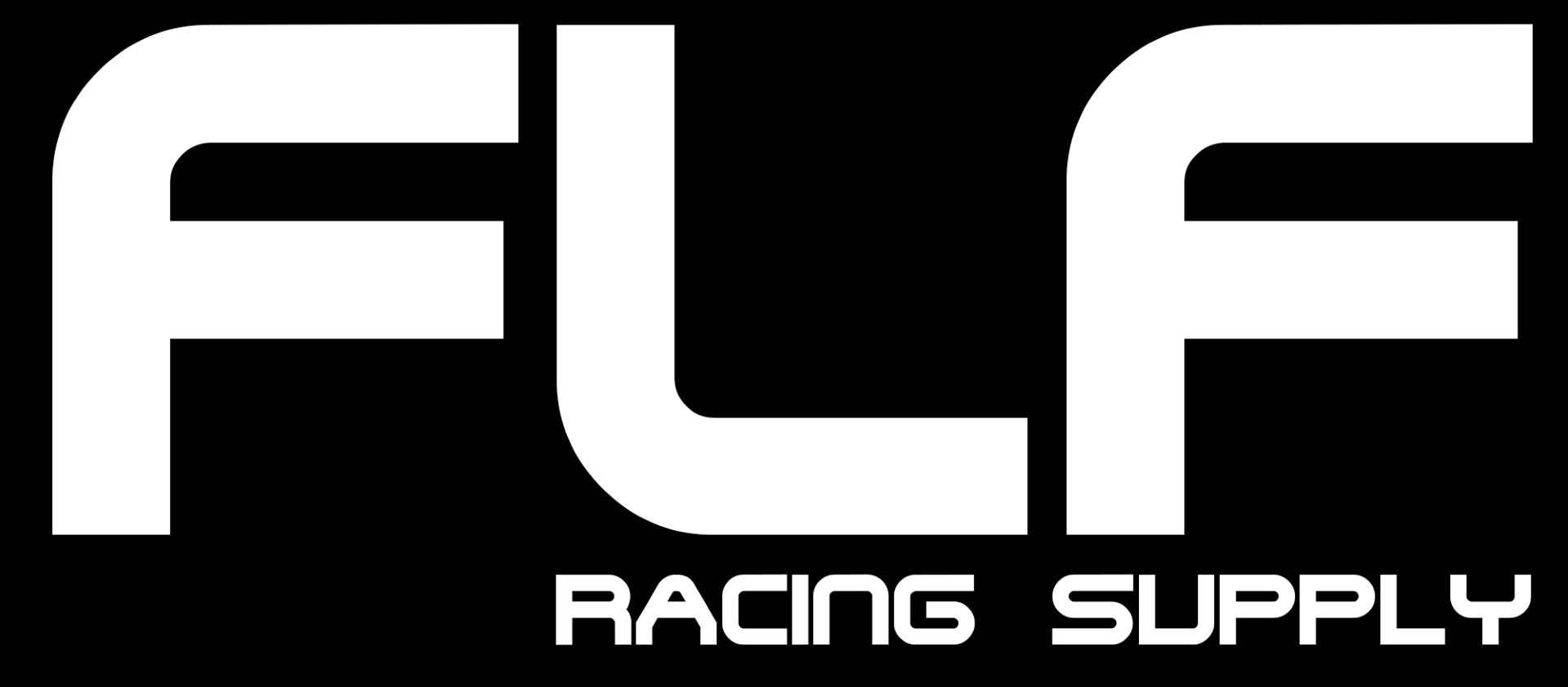E85 fuel, also known as flex fuel, is a blend of 85% ethanol and 15% gasoline. It has become increasingly popular in recent years as a way to reduce dependence on fossil fuels and lower emissions. However, it also poses some unique challenges when it comes to fuel delivery systems.
One of the biggest issues with E85 is its tendency to cause hose failure. This is because E85 is more aggressive than gasoline, and can cause the hoses in a fuel system to degrade over time. The hoses can become brittle and crack, which can lead to leaks and even engine failure.
To combat this problem, many automakers and aftermarket companies have started using PTFE (polytetrafluoroethylene) hoses in their fuel systems. PTFE is a synthetic fluoropolymer of tetrafluoroethylene, which is resistant to chemical attack, high temperatures, and pressure. PTFE hoses are much more resistant to the corrosive effects of E85 than traditional rubber hoses, and are less likely to crack or fail.
PTFE hoses are also more flexible than traditional rubber hoses, which makes them ideal for tight spaces and tight bends. They are also much more resistant to heat, which is important in high-performance engines.
However, PTFE hoses are not without their own set of challenges. They are slightly more expensive than traditional rubber hoses, which can make them cost-prohibitive for some applications. They also have a much higher minimum bend radius, which can make them difficult to route in tight spaces.
In conclusion, E85 fuel is a great alternative to gasoline, but it can be challenging to use in fuel systems. PTFE hoses offer a solution to this problem, but they are also not without their own set of challenges. It is important to weigh the pros and cons of both options when deciding on a fuel delivery system for an E85-compatible engine. PTFE hoses are a great option for those who want the added durability and resistance to E85, but they come at a higher cost.
